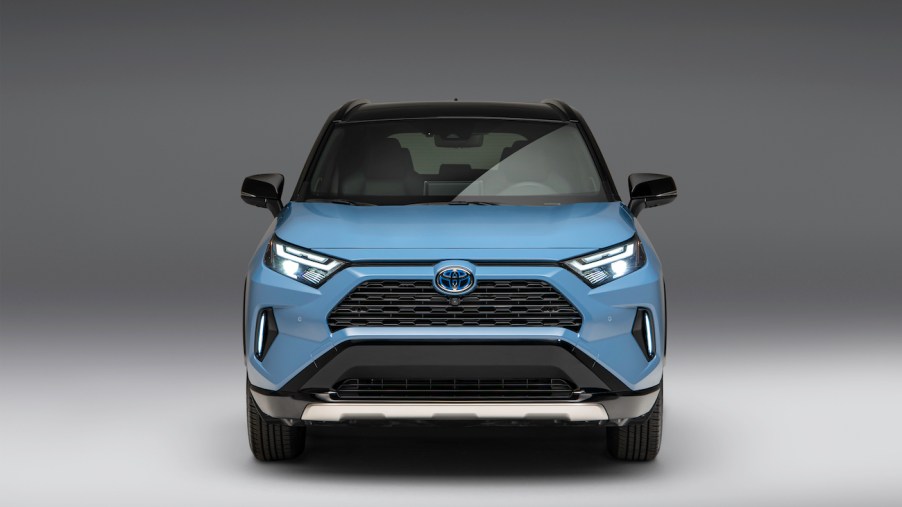
Toyota’s 2023 Just Flipped From Concerning to Positive in 2 Months
At the beginning of 2023, Toyota was in a tough spot, with sales for several vehicles stuck in a low ebb. But fast forward a few months, and things are looking up for the brand. Recent numbers show positive growth for the brand for the first time this year. What’s behind this uptick in sales, and how can Toyota keep it going?
Toyota’s 2023 sales are finally on the up
GoodCarBadCar recently released the statistics of each major brand’s sales in 2023 and compared its current trajectories with its total sales in previous years. Toyota sales were coming up short for the first part of the year. The automaker was 1% behind 2022 in year-over-year growth until May, but the forecast improved over the summer to the point that Toyota’s YTD numbers now show positive growth. Specifically, the brand sold 1,045,028 vehicles in 2023 through July, a 0.83% increase from the same timespan in 2022.
Toyota’s position was never overly concerning, considering the state of the auto industry coming into the new year. U.S. auto sales sunk to its lowest point in a decade due to supply chain issues, a lack of inventory, and concerns over the economy stemming from the pandemic.
As supply increased, so too did the consumer demand for new vehicles, with many automakers seeing its sales grow over the course of 2023. Toyota sales increased monthly except for June when sales dropped less than 1%. In the month of July, Toyota sold 166,833 units – an 11.70% rise from the same month last year (149,353). In the second quarter of 2023, the brand sold 476,889 units, an improvement from the 416,834 models Toyota sold in the same time period in 2022.
Which models are driving Toyota sales?
GoodCarBadCar also lists 2023 sales by car model, so you can see which Toyota vehicles are responsible for the upswing. The cars with the highest sales total so far are the RAV4 (224,838 units), Camry (175,852), and the Tacoma (136,971).
The RAV4’s place at the top of the lineup is unsurprising, but its path to getting there was more complicated than expected. The compact crossover SUV is a longstanding part of Toyota’s model line but has seen its market share shrink as other rivals in its class, most notably the best-selling Ford F-Series, have been updated to provide more advanced competition. The current generation of the RAV4 started in 2019. Its year-to-date sales are 9.45% higher than in 2022, but a redesign is sorely needed in the near future.
On the other end of the spectrum are the bZ4x (4,373), Mirai, and Supra, the three lowest-selling Toyota vehicles this year. There are other cars from the brand that come in with worse sales, but they are either not sold in North America (the C-HR) or already discontinued (the Avalon).
Toyota can continue this momentum with the right decisions
Toyota sales are mostly back on track. Through two quarters of 2023, the brand sold 875,959 units, about half of the amount it sold for 2022 (1,728,760 units). But to keep up with the corporate need for constant growth, Toyota will have to modernize its product line.
The RAV4 isn’t the only traditional vehicle from the brand stalling from a lack of updates. The Camry and Tacoma also show signs of aging after not being redesigned in a few years. To maintain parity with other brands, Toyota will have to start new generations of these cars sooner rather than later.
Toyota will also need to invest more in hybrids and electric vehicles. Toyota is already making inroads in this regard. The bZ4X is the brand’s first EV in its lineup and Toyota intends to make 10 new all-electric vehicles by 2026. Two other recent introductions to its model line are the Toyota Crown and Sequoia, two vehicles that come with hybrid powertrains as a standard feature. The sales numbers on these models are not as high as Toyota would want yet, but they are an example of what the brand’s future could look like.


